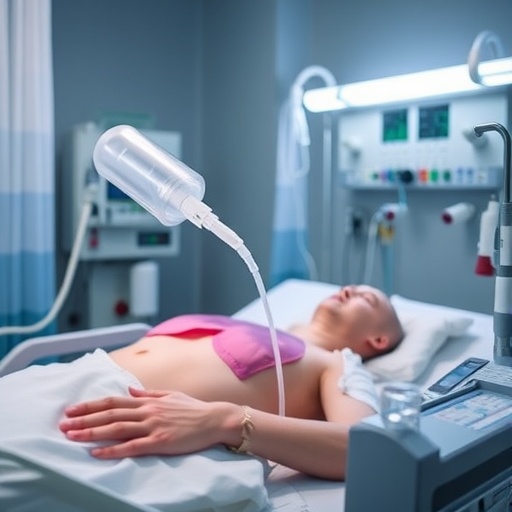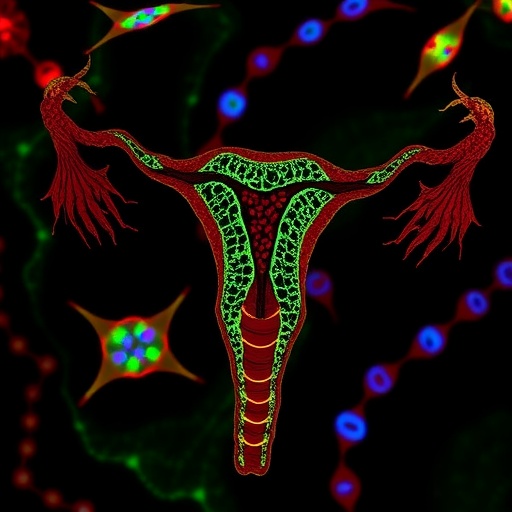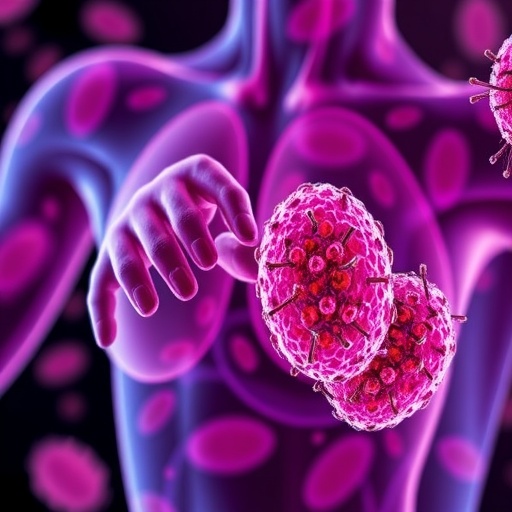In a groundbreaking exploration into the realm of aerosol drug therapy (ADT) within intensive care units, a recent multicenter study spearheaded by Associate Professor Sanjay Singhal at Dr. Ram Manohar Lohia Institute of Medical Sciences has unveiled pivotal insights regarding the application and patterns of ADT in patients suffering from acute respiratory distress syndrome (ARDS). Published in the prestigious Journal of Intensive Medicine on July 5, 2025, this observational study analyzes a cohort of critically ill individuals, meticulously segregating those with ARDS from non-ARDS counterparts to delineate disparities in aerosol administration and practice methodologies.
Aerosol drug therapy has long been an indispensable facet of respiratory care, especially in critically ill patients admitted to ICUs globally. Despite its widespread utilization, particularly among patients who lack chronic respiratory diseases, the therapeutic efficacy of bronchodilators and other aerosols in this population remains ambiguous. This ambiguity stems from clinical evidence indicating minimal impact on outcomes for patients without obstructive airway diseases, prompting ongoing debates about the rationale and appropriateness of such interventions.
Nevertheless, the intricate pathophysiology of ARDS, characterized by severe pulmonary inflammation, alveolar-capillary barrier disruption, and subsequent pulmonary edema, has catalyzed a renewed interest in the potential mechanistic benefits of aerosol therapies. Preclinical models and clinical investigations suggest that targeted aerosol delivery can expedite the resolution of pulmonary edema through enhanced mucociliary clearance and modulation of inflammatory mediators, positioning ADT as a plausible adjunctive strategy in ARDS management. This physiological justification, however, confronts the stark reality that randomized controlled trials thus far have failed to consistently demonstrate tangible clinical benefits in established ARDS cases.
The Aero-in-ICU study by Dr. Singhal and colleagues embarks on a crucial endeavor to bridge this gap between theoretical promise and clinical practice. By prospectively observing aerosol therapy practices across multiple intensive care centers, the study documents not only the frequency of ADT application in ARDS patients but also key parameters such as drug choices, device types, and technique adherence. Notably, bronchodilators emerge as the predominant medication class delivered via jet nebulizers, underscoring prevailing clinician preferences that may be influenced by convention rather than robust evidence.
Another salient revelation from this study is the suboptimal adherence to recommended nebulizer placement during aerosol administration. The positioning of nebulizer devices is a critical determinant of drug deposition efficiency and subsequent therapeutic efficacy, yet the study records only approximately half of the aerosol sessions as being conducted with the device in an optimal location. Furthermore, the non-use of expiratory filters during nebulization sessions raises concerns for potential environmental contamination and patient safety, especially in mechanically ventilated patients.
These findings collectively highlight a disconcerting disconnect between existing consensus guidelines, clinical evidence, and frontline practice patterns. While ADT is entrenched in the therapeutic repertoire for ARDS patients, its routine use lacks standardized protocols and conclusive demonstration of clinical benefit—a paradox warranting urgent rectification. Dr. Singhal emphasizes the imperative for harmonized treatment algorithms and rigorously designed clinical trials to ascertain ADT’s precise role, dosing parameters, device optimization, and safety considerations within the ARDS population.
This investigation into aerosol therapy patterns extends beyond mere descriptive statistics; it invites a broader discourse on the principles governing critical care pharmacotherapy. It challenges the prevailing mindset that therapeutic interventions must be continuously scrutinized and validated through the lens of evidence-based medicine, especially in heterogenous and vulnerable populations such as those with ARDS. The Aero-in-ICU study catalyzes a shift towards precision medicine, advocating for intervention tailoring based on patient-specific pathophysiology, drug deposition dynamics, and evolving clinical responses.
The study’s robust multicentric design ensures representation of diverse ICU settings, enhancing the generalizability of its conclusions and emphasizing that the identified practice gaps are not isolated but systemic. The inclusion of both ARDS and non-ARDS cohorts enables an intricate understanding of how disease-specific factors influence aerosol therapy utilization, thereby informing future clinical guidelines that accommodate these nuanced differences.
Integral to improving aerosol therapy outcomes in ARDS is the convergence of clinical expertise, biomedical engineering, and pharmacokinetics. Innovations in nebulizer technology, such as vibrating mesh nebulizers and closed-circuit aerosol delivery systems, may offer enhanced drug delivery efficiency and reduced aerosol loss, particularly during invasive mechanical ventilation. Yet, as this study suggests, technological advancements must be matched by comprehensive training programs for healthcare professionals to ensure optimal device usage and adherence to established protocols.
Moreover, the safety profile and environmental impact of aerosol therapies in ICUs demand scrupulous attention. The absence of expiratory filters during aerosol administration, as documented in the study, underscores potential exposure risks to healthcare workers and contamination hazards within clinical settings. Future directives should incorporate stringent infection control measures alongside therapeutic protocols to safeguard both patients and staff.
In conclusion, the Aero-in-ICU study presents a seminal contribution to critical care literature, delineating the complex landscape of aerosol drug therapy in ARDS patients. By spotlighting prevalent practices, identifying critical shortcomings, and advocating for evidence-aligned clinical pathways, the research paves the way for transformative advancements in respiratory care. As the medical community strives to enhance outcomes in ARDS—a syndrome with significant mortality and morbidity—the insights garnered here provide a clarion call for innovation, rigor, and precision in aerosol therapy utilization.
With the rising prevalence of ARDS, especially in the context of pandemics and critical illness, addressing these knowledge and practice gaps is paramount. This study serves as a foundational reference for clinicians, researchers, and policymakers committed to optimizing therapeutic interventions and elevating standards of care for the most vulnerable patient cohorts in intensive care environments. As aerosol drug therapy continues to evolve, sustained collaborative efforts are essential to translate physiological plausibility into clinical efficacy and, ultimately, patient survival and recovery.
Subject of Research: People
Article Title: Practice pattern of aerosol drug therapy in ARDS patients: A secondary analysis of the Aero-in-ICU study
News Publication Date: 5-Jul-2025
References: DOI: 10.1016/j.jointm.2025.05.003
Image Credits: Sanjay Singhal from Dr. Ram Manohar Lohia Institute of Medical Sciences
Keywords: Respiratory disorders, Pharmacology, Clinical trials, Drug therapy, Physiology, Health care, Pathology
Tags: acute respiratory distress syndrome treatmentaerosol administration practices in ICUsaerosol drug therapy in ICUdiscrepancies in aerosol therapy applicationimpact of aerosol therapies on outcomesintensive care unit respiratory interventionsmulticenter study on ARDSobservational study on aerosol drug usepathophysiology of ARDSrespiratory care in critically ill patientsSanjay Singhal research findingstherapeutic efficacy of bronchodilators





